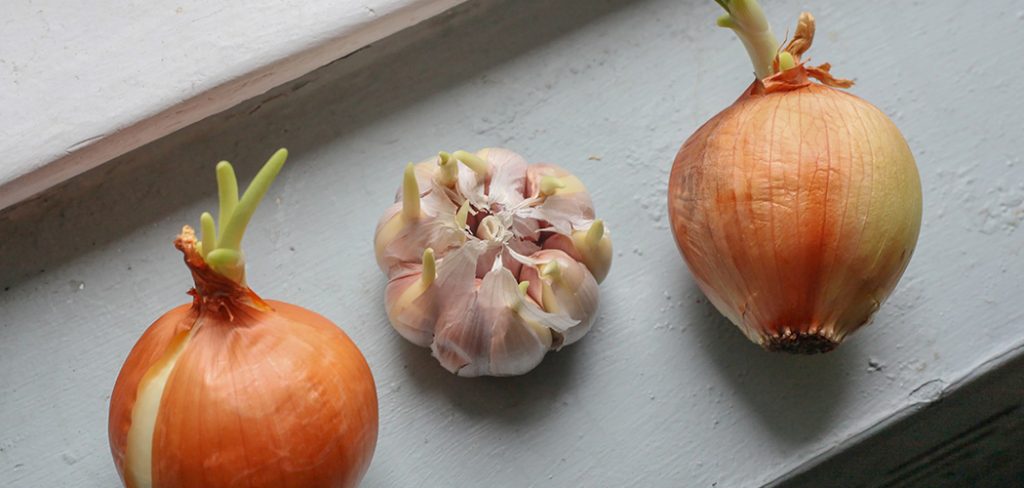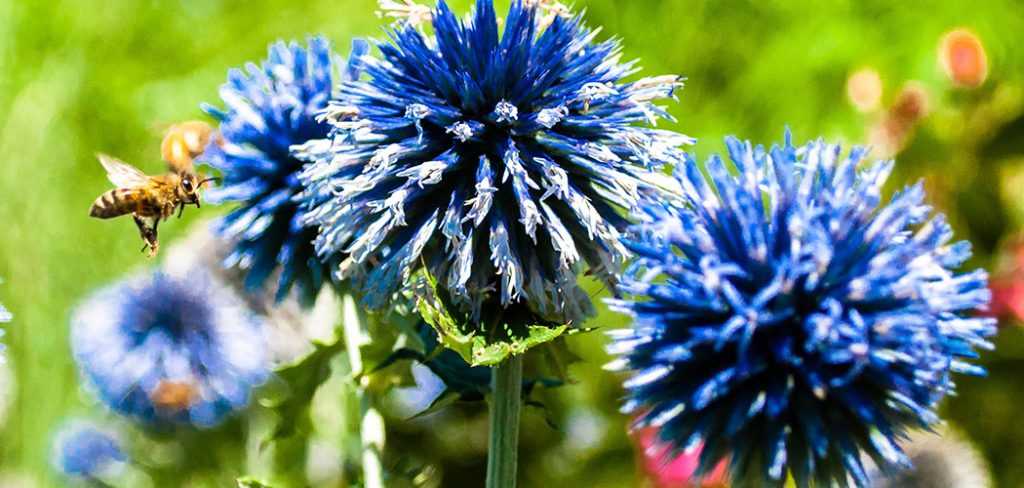Here’s a list of the best companion plant for potatoes, onions, and cabbage.
If you’ve been a plant parent for quite some time now, you probably already know companion planting well. But, if you’re just a beginner wanting to maximize your garden space. While waiting for your other plants to bloom or be ready for harvest, don’t worry. We’ve got you!
Just so we’re on the same page, companion planting is a gardening strategy in which you plant certain crops beside each other to maximize garden space, as well as help them grow better. There are certain plants that help keep off pests, lessen weed buildup, and add nutrients to the soil when planted side by side.
However, that’s not just the benefit of companion planting. It also shows you which crops you should avoid placing near each other because they can take away soil nutrients from the other plants – basically, suck the life out of them. You wouldn’t want that, right?
Companion Plants for Sweet Potatoes and (Regular) Potatoes
Generally, root vegetables such as parsnips and beets grow well with sweet potatoes. Tomatoes and pole beans are also good companion plants for sweet potatoes. Because sweet potatoes are sprawling vines, pole beans that grow vertically and beets that grow on the upper layer of soil will be good companion plants for sweet potatoes who grow deeper in the soil.
Herbs like dill, thyme, and oregano also do well with sweet potatoes. All of these herbs help repel insects that may harm sweet potatoes.
Sweet potatoes aren’t very choosy with their neighboring plants – even a regular potato can be a good companion plant for sweet potatoes. There’s just one thing to keep in mind – you should still give sweet potatoes enough space such that they grow comfortably and not crowd their companion plants in the garden.
The only thing you should definitely avoid planting with sweet potatoes is squash because it spreads, and sweet potatoes also tend to spread, so planting them together only makes them fight for space. This will weaken the growth and production of both plants.
Regular Potatoes
As for regular potatoes, some good companion plants include lettuce, spinach, and scallions. These are shallow-rooted vegetables that can be planted in between potatoes.
Herbs like thyme, basil, and parsley are said to improve the flavor of potatoes and invite insects that would benefit them.
One good companion plant for potatoes is horseradish as it prevents potatoes from getting diseases as well as helps it be resistant to them.
Some crops that you shouldn’t be planting with potatoes are eggplants, tomatoes, and peppers. They belong in the same family and thus increase the likelihood of contracting the same diseases when planted together.
Raspberries, sunflowers, and cucumbers increase the chances of your plant having potato blight, so make sure to not plant these together.
Lastly, asparagus, carrots, turnips, and onions are bad companion plants for potatoes as it’s said to hinder their growth.
Companion Plants for Onions
Onions are quite known for their ability to repel insects and pests, especially those that love plants that belong to the cabbage family. These make broccoli, kale, and cabbage to be good companion plants for onions. Onions also repel aphids and beetles among tomatoes, lettuce, strawberries, and peppers.
There’s no information as to how these plants benefit onions, so it’s not a mutual benefit case. It’s more like onion is a good companion plant to them and not them being good companion plants for onions.
Chamomile, however is said to improve the taste of onions, but that’s about it for plants that benefit onions.
Now, bad companion plants for onions include peas, beans, sage, and asparagus. These aren’t chemically compatible with onions and may possibly affect its flavor if planted together.
Other onion-like plants such as leeks, garlic, and shallots are targeted by maggots frequently, so you should never plant these beside each other so that the maggots can’t transfer from one plant to another easily.
Cabbage Companion Plants
Plants from the cabbage family are good companions to most plants, but some of the most common cabbage companion plants include celery, onion, potatoes, and lettuce. These help repel insects and also improve the flavor of cabbage.
Herbs like sage and rosemary help in deterring moths that feast on cabbage. Chamomile, in particular, helps enhance the flavor of cabbages due to its nutrients such as potassium and calcium.
Marigolds that are strategically placed around the edges of cabbage plants help repel pests. As a bonus, these also add to the overall aesthetics of your garden!
Bad cabbage companion plants include strawberries, tomatoes, and grapes. Placing cabbage near strawberries would only inhibit the former’s growth as strawberries can be quite invasive.
Tomatoes and cabbages also don’t do well together as any plant from the cabbage family stunts the growth of tomatoes. These include broccolis, cauliflowers, kale, and the like.
Cabbage is harmful to grapes due to their high water requirements. Placing cabbages next to grapes will stunt the latter’s growth.
It also wouldn’t be advisable to plant cabbages with other plants from the same family, as plant diseases may easily transfer between them when they’re planted together in the garden.
Conclusion
Now that you know all about companion planting, maybe the next time you head to the market or plant nurseries (or order online!), you could pick up a few seeds or seedlings that would make for a good companion plant for potatoes, onions, and/or cabbage.
Knowing which plants you should place near or far apart from each other allows you to be several steps ahead of garden pests or diseases. Strategically placing certain plants as a border for other more tender and pest-attractive plants takes the burden off your hands and does your job for you.
Knowing about the right companion plants allows you to just sit back, relax, and wait for your plants to be ready for harvest. It also allows you to plan how you can maximize your garden space for the next planting season.
Get on with your gardening project and show off your hard-earned projects with everyone!
Read my other post on growing Potatoes and Mushrooms in your backyard.

